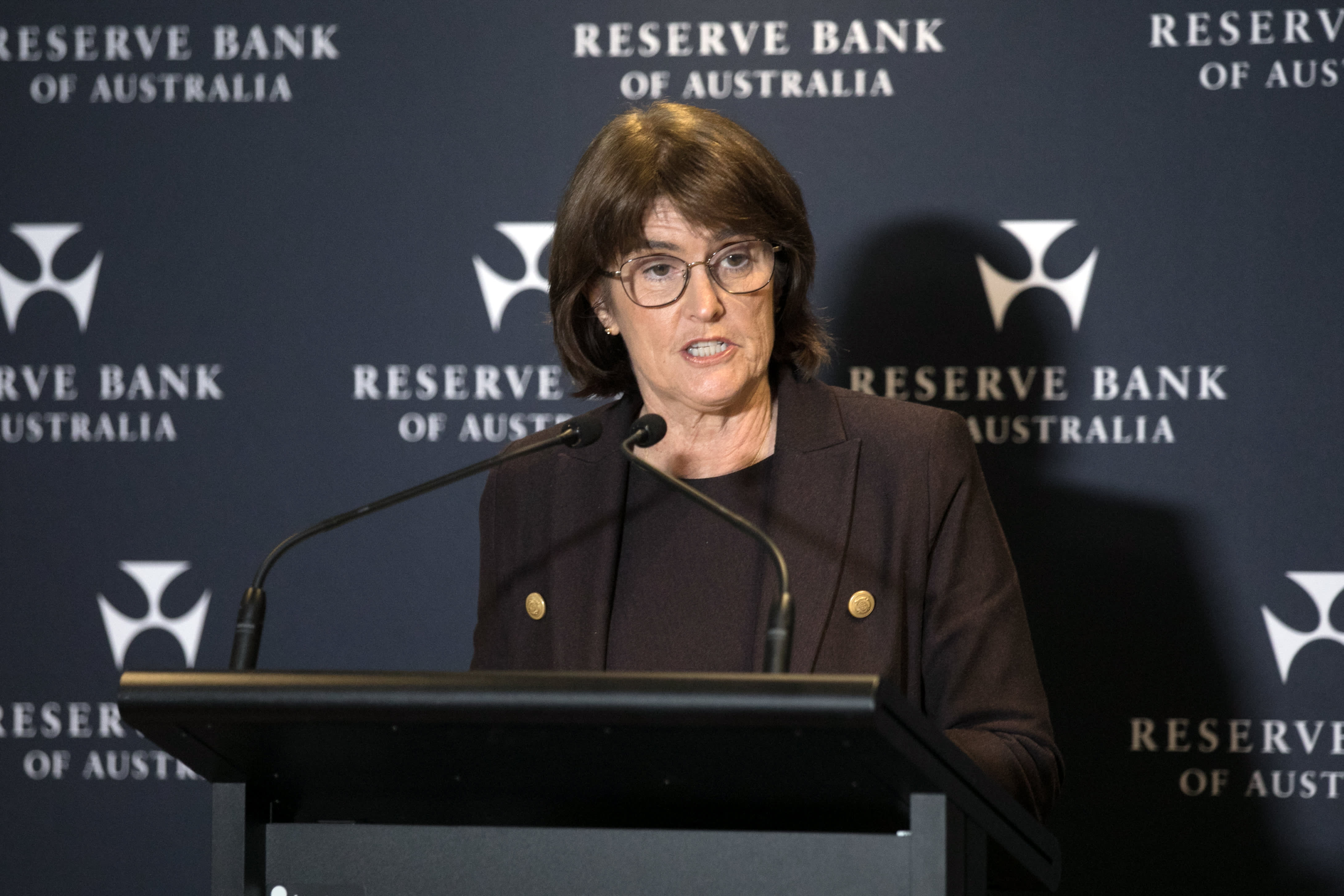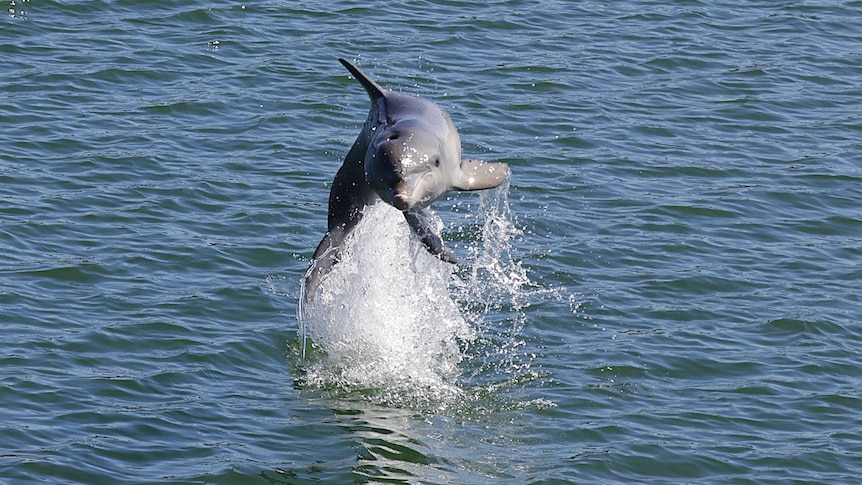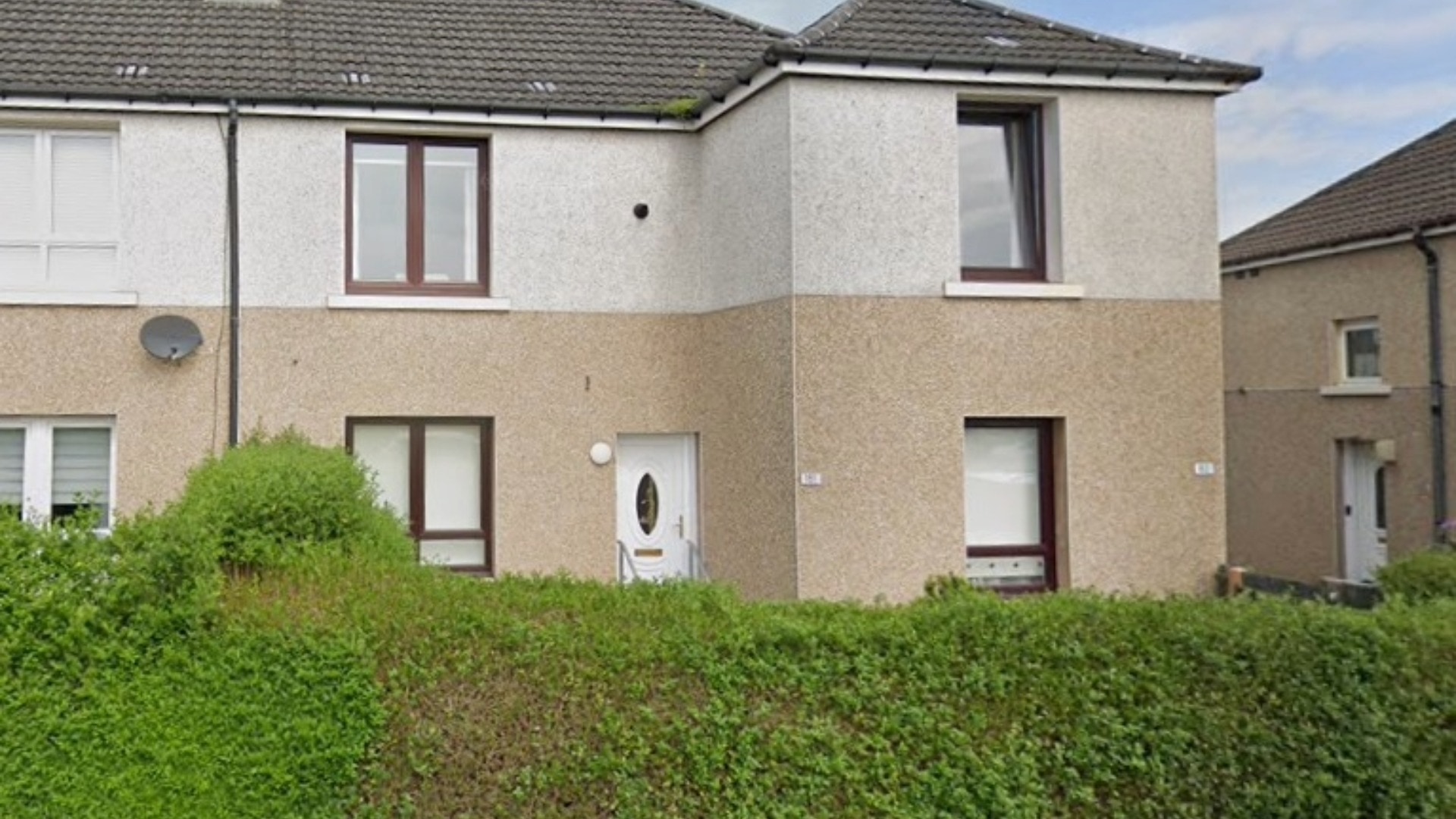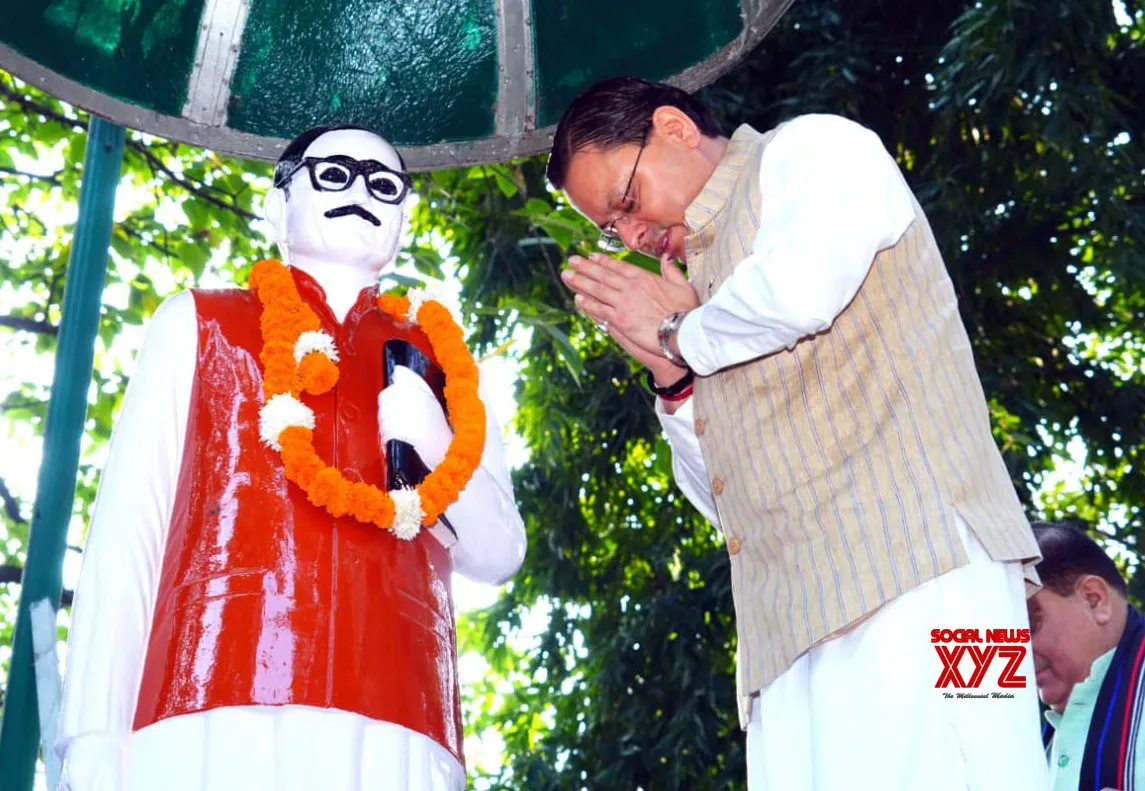By Lim Hui Jie
Copyright cnbc

Australia’s central bank expectedly held benchmark policy rates at 3.6% on Tuesday as inflation in the country stays at its highest level in more than a year.
The move was in line with expectations from economists polled by Reuters, and comes after the country earlier this month reported headline inflation rate of 3% for August — the highest since July 2024 — with housing, food and alcohol driving price growth.
The Reserve Bank of Australia signaled inflation worries in its statement Tuesday: “Recent data, while partial and volatile, suggest that inflation in the September quarter may be higher than expected at the time of the August Statement on Monetary Policy.”
The bank said that private demand was recovering, and there were indicators that inflation might be persistent in some areas.
The RBA has cut rates by 75 basis points so far this year, after holding them steady at 4.35% since November 2023 in its bid to rein in inflation.
In a speech to the country’s parliament last week, RBA Governor Michelle Bullock had warned that the economic outlook for Australia was “clouded by uncertainty.” Bullock said the pick up in domestic growth might not be sustained.
“The global environment is particularly uncertain and unpredictable, but monetary policy is well placed to respond if it seems international developments could have a material impact on Australia’s economy,” she said.
Australia’s economic growth in the second quarter topped expectations, expanding at its fastest rate since September 2023, allowing room for the central bank to hold rates and focus on curbing inflation.
The country’s GDP grew 1.8% year over year, higher than the 1.6% expected by economists polled by Reuters, and stronger than the 1.3% seen in the previous quarter.
On a quarter-over-quarter basis, Australia’s GDP grew 0.6%, compared to 0.5% forecast in the Reuters poll.
Data from the Australian Bureau of Statistics showed that growth was driven by domestic spending, including household and government consumption.



